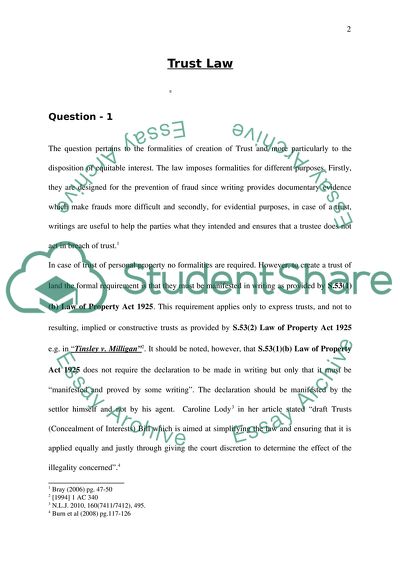Cite this document
(Trust Law for the Prevention of Fraud Case Study, n.d.)
Trust Law for the Prevention of Fraud Case Study. Retrieved from https://studentshare.org/law/1747599-equity-and-trusts-law-undergraduate-degree
Trust Law for the Prevention of Fraud Case Study. Retrieved from https://studentshare.org/law/1747599-equity-and-trusts-law-undergraduate-degree
(Trust Law for the Prevention of Fraud Case Study)
Trust Law for the Prevention of Fraud Case Study. https://studentshare.org/law/1747599-equity-and-trusts-law-undergraduate-degree.
Trust Law for the Prevention of Fraud Case Study. https://studentshare.org/law/1747599-equity-and-trusts-law-undergraduate-degree.
“Trust Law for the Prevention of Fraud Case Study”, n.d. https://studentshare.org/law/1747599-equity-and-trusts-law-undergraduate-degree.


